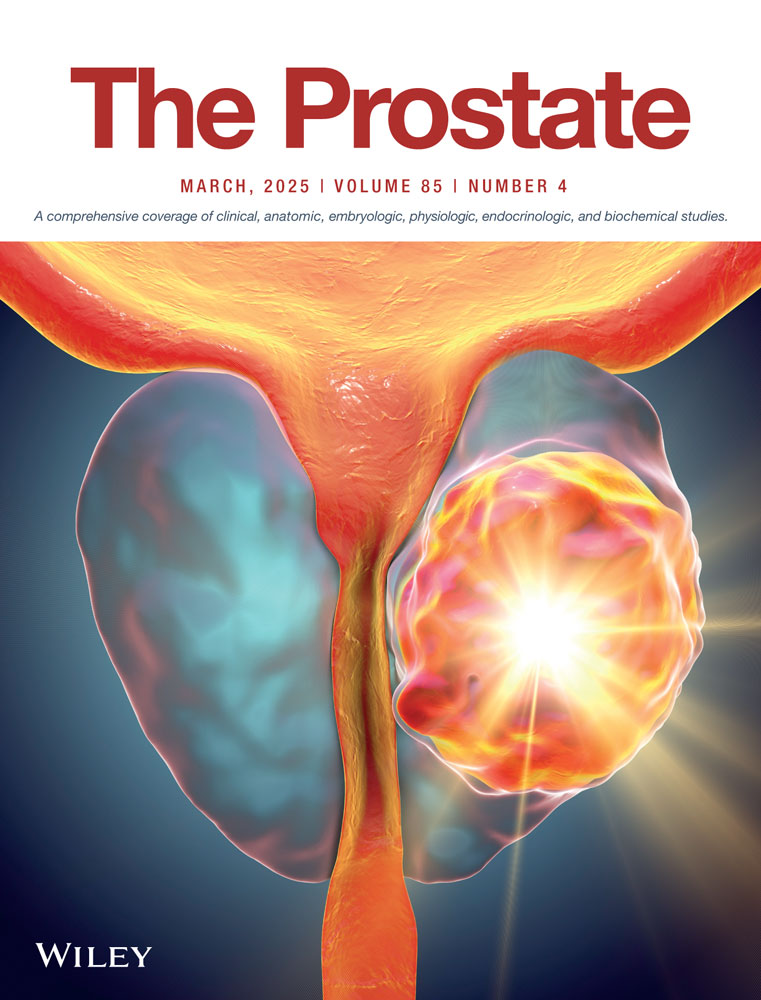ERG and PTEN Role on Active Surveillance for Low-Risk Prostate Cancer in the Multiparametric MRI Era
ABSTRACT
Background
Our study aimed to correlate ERG and PTEN expressions in prostate biopsy with multiparametric magnetic resonance imaging PI-RADS score, clinical reclassification, and prognosis of very low-risk prostate cancer (PCa) patients under active surveillance (AS).
Methods
We evaluated 101 very low-risk PCa patients under AS between 2013 and 2018. They were followed with DRE, PSA, MRI, and re-biopsies every 1–2 years. Per cause biopsy was recommended if PSA > 10 ng/mL, suspicious DRE, or PI-RADS ≥ 4 was present. ERG and PTEN expressions were assessed by immunohistochemistry at biopsy. Reclassification was defined by PSA > 10 ng/mL, re-biopsy with > 3 positive cores, > 50% positive core, Gleason Score (GS) upgrading ≥ 3 + 4 or extreme GS upgrading ≥ 4 + 3. We correlated ERG and PTEN with reclassification, PI-RADS, pathologic outcomes, and biochemical recurrence in patients surgically treated after reclassification.
Results
After a 49.2-month follow-up, 80% of patients showed reclassification, and GS upgrading was the most common criterion. Seventy-four out of 81 patients with reclassification underwent local treatment and seven had biochemical recurrence during a mean 39.7-month follow-up. At biopsy, positive ERG expression was found in 39.6% of patients and PTEN loss in 12.6%. PTEN loss was associated with GS upgrading (OR = 9.7, p = 0.011) in univariate analysis. PTEN loss was correlated with GS upgrading; these patients had a 9.7-fold greater chance of upgrading when compared to PTEN-positive patients. ERG-positive was associated with PI-RADS ≥ 4 (OR = 2.8, p = 0.026). At multivariate analysis, PI-RADS ≥ 4 was predictor of GS upgrading (OR = 25.2, p < 0.001); MRI PI-RADS score remained an independent factor for extreme GS upgrading, together with PSAd > 0.15 (OR = 15.1, p = 0.012 and OR = 5.76, p = 0.012, respectively).
Conclusions
Neither ERG-positive nor PTEN loss were associated with upgrading during AS. ERG and PTEN biomarkers, despite commonly studied in advanced PCa, have yet no defined role in very low-risk PCa under AS. PI-RADS score was an independent predictor of GS upgrading and extreme upgrading during AS.
Conflicts of Interest
The authors declare no conflicts of interest.
Open Research
Data Availability Statement
The data that support the findings of this study are available from the corresponding author upon reasonable request.




